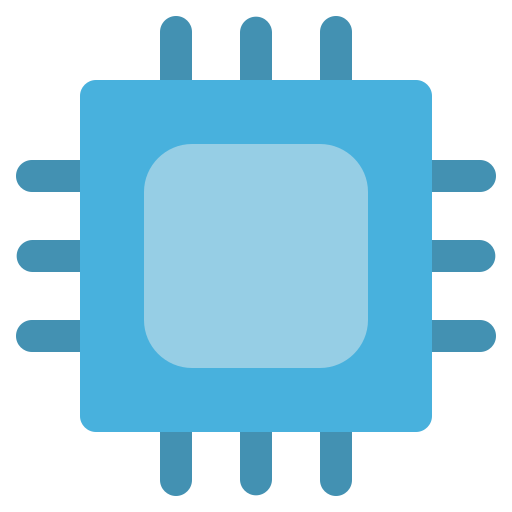I also hate that warning, but it’s basically ”Can’t fit your text, with the font and properties you specified, into the box you specified without making it look like ass”
Easiest way to preserve formatting is to reword the text. Then again, would be nice if it didn’t happen all the time in my normal paragraphs as soon as I use a word with more than 10 characters…








VSCode is just Emacs with a weirder Lisp. (/s)
(You can tear my Emacs from my cold dead hands)